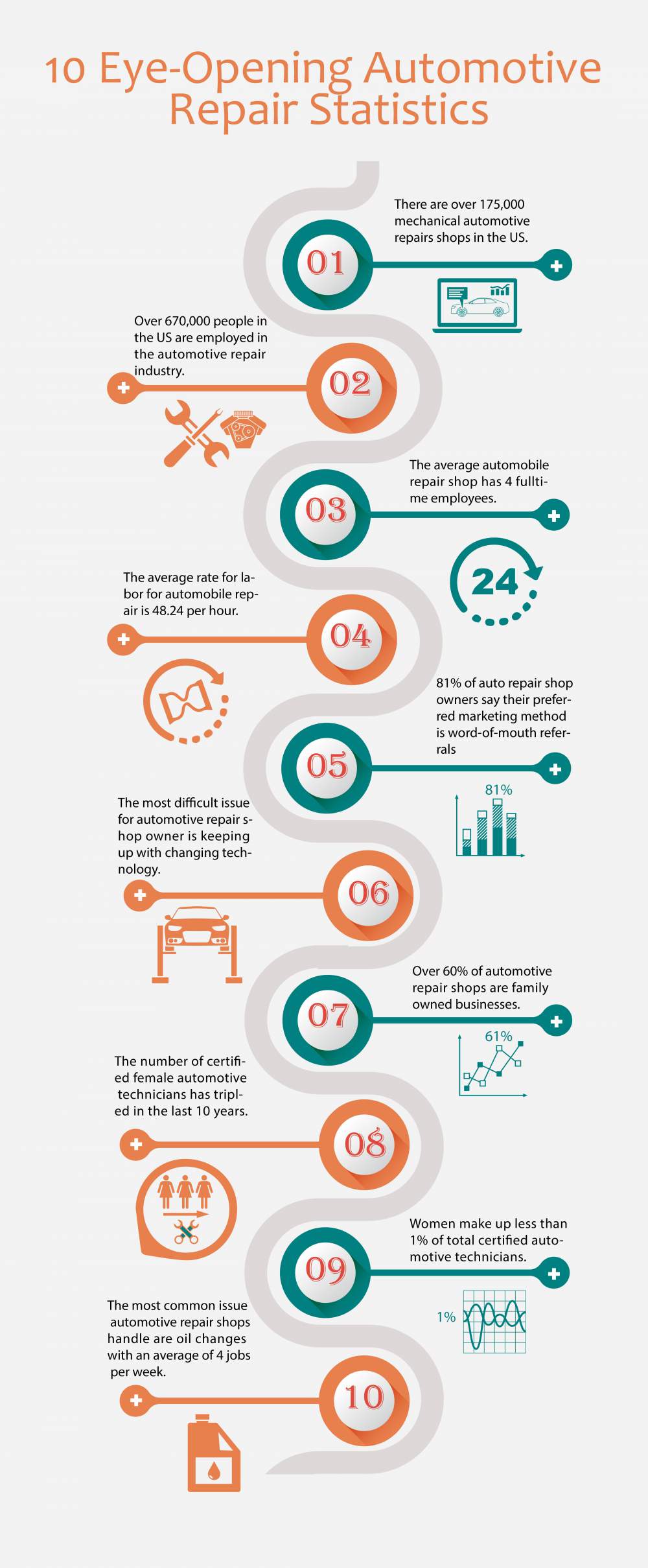Interpreting Your Car'S Alert Lighting: Their Real Ramifications
Interpreting Your Car'S Alert Lighting: Their Real Ramifications
Blog Article
Post Written By- vehicle valet
When you lag the wheel, those beautiful warning lights on your control panel can be a bit perplexing. Do mobile auto detailer understand what they're trying to tell you about your cars and truck's wellness? Comprehending the significance of these lights is crucial for your security and the longevity of your vehicle. So, the next time among those lights pops up, wouldn't you wish to decode its message properly and take the needed actions to address it?
Common Caution Lights and Interpretations
Identify typical warning lights in your auto and recognize their significances to make sure safe driving.
One of the most regular warning lights include the check engine light, which signals issues with the engine or emissions system. If this light comes on, it's vital to have your automobile checked promptly.
The oil stress cautioning light indicates low oil pressure, requiring instant interest to avoid engine damage.
A flashing battery light might recommend a malfunctioning charging system, possibly leaving you stranded if not resolved.
https://www.tmj4.com/news/local-news/fbi-found-highland-park-shooting-suspects-cell-phone-buried-on-middleton-auto-shops-property-owner-says tracking system (TPMS) light signals you to low tire stress, influencing car security and fuel efficiency. Ignoring this can cause unsafe driving problems.
The abdominal muscle light shows an issue with the anti-lock braking system, compromising your capability to quit swiftly in emergency situations.
Finally, the coolant temperature level alerting light warns of engine getting too hot, which can result in extreme damage if not resolved quickly.
Understanding these typical caution lights will certainly assist you deal with problems immediately and preserve secure driving conditions.
Value of Prompt Attention
Comprehending the usual warning lights in your automobile is only the very first step; the importance of promptly resolving these warnings can not be stressed enough to guarantee your safety and security when traveling.
When a warning light illuminates on your dashboard, it's your vehicle's way of connecting a potential problem that requires attention. Overlooking these cautions can result in extra serious issues down the road, jeopardizing your safety and potentially costing you much more out of commission.
Prompt focus to cautioning lights can prevent break downs and mishaps. For example, a blinking check engine light could suggest a misfire that, if left ignored, could cause damage to the catalytic converter. Resolving this quickly can save you from an expensive repair service.
In a similar way, a brake system advising light may indicate reduced brake liquid or used brake pads, essential elements for your safety and security when driving.
DIY Troubleshooting Tips
If you see a warning light on your control panel, there are a couple of do it yourself fixing pointers you can try prior to looking for expert assistance.
The primary step is to consult your cars and truck's guidebook to comprehend what the particular warning light shows. Sometimes the concern can be as easy as a loosened gas cap setting off the check engine light. Tightening up the gas cap may deal with the trouble.
Another common concern is a low battery, which can activate different advising lights. Examining the battery connections for rust and ensuring they're safe may repair the problem.
If a warning light persists, you can try resetting it by detaching the cars and truck's battery for a few minutes and after that reconnecting it. Additionally, checking your vehicle's liquid degrees, such as oil, coolant, and brake liquid, can aid troubleshoot advising lights related to these systems.
Final thought
To conclude, understanding your auto's warning lights is essential for keeping your vehicle running smoothly and safely. By immediately resolving these alerts and understanding what they suggest, you can stay clear of pricey repairs and prospective break downs.
Bear in mind to consult your auto's guidebook for specific details on each cautioning light and take action as necessary to make certain a hassle-free driving experience.
Stay notified, stay safe when traveling!
